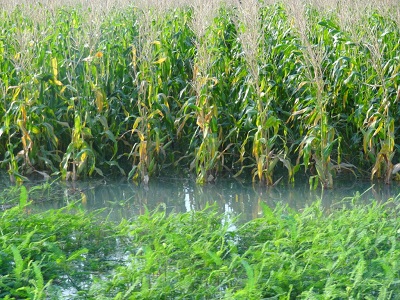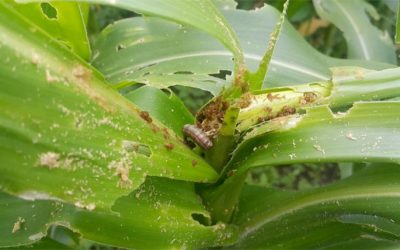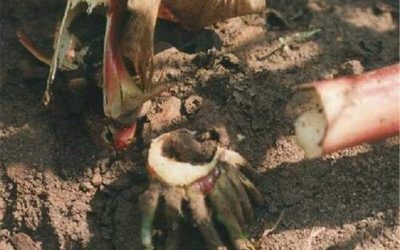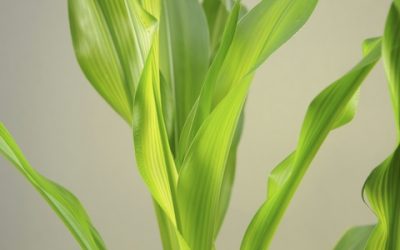How Rainfall affects crop health

Rain is usually seen as a benefit to crops and fields, but there is an “ideal” amount of rainfall in any given growing season for most crops. If the average rainfall is much lower or higher than the ideal, it can lead to significant problems, from drowned crops to lower yields.
Knowing when to water, as well as how much to water, is skill backed by years of experienced for farmers. Too much watering could drown the crops, especially if there has been rainfall. However, a combination of not enough watering and no rainfall could also lead to dying crops.
Under watering “starves” the plant of water, which can lead to crop death or low yield. Conversely, over-watering can lead to browned tips of crop leaves and also possible root rot and other issues.
If crops are too wet, they could also start to mold or catch a fungus. The soil can also start to collect bacteria, mold, and fungus, which can then be absorbed by the plant. While this isn’t as common in crops as it is in indoor plants, poor drainage and irrigation systems can lead to these types of growths taking control over your crops.
Along with mold or a fungus, disease can also spread amongst your crops. Rainfall is also a good indicator of predicting common crop disease, as it can affect the spread of disease. Rain can spread pathogens, pests, and other diseases to plants, leading to massive diseased crops. This could affect its yield or cause the entire field to become unusable.


